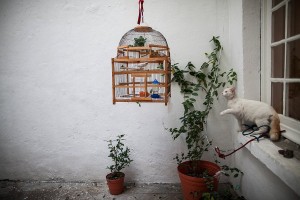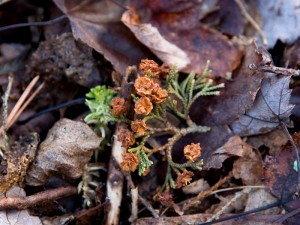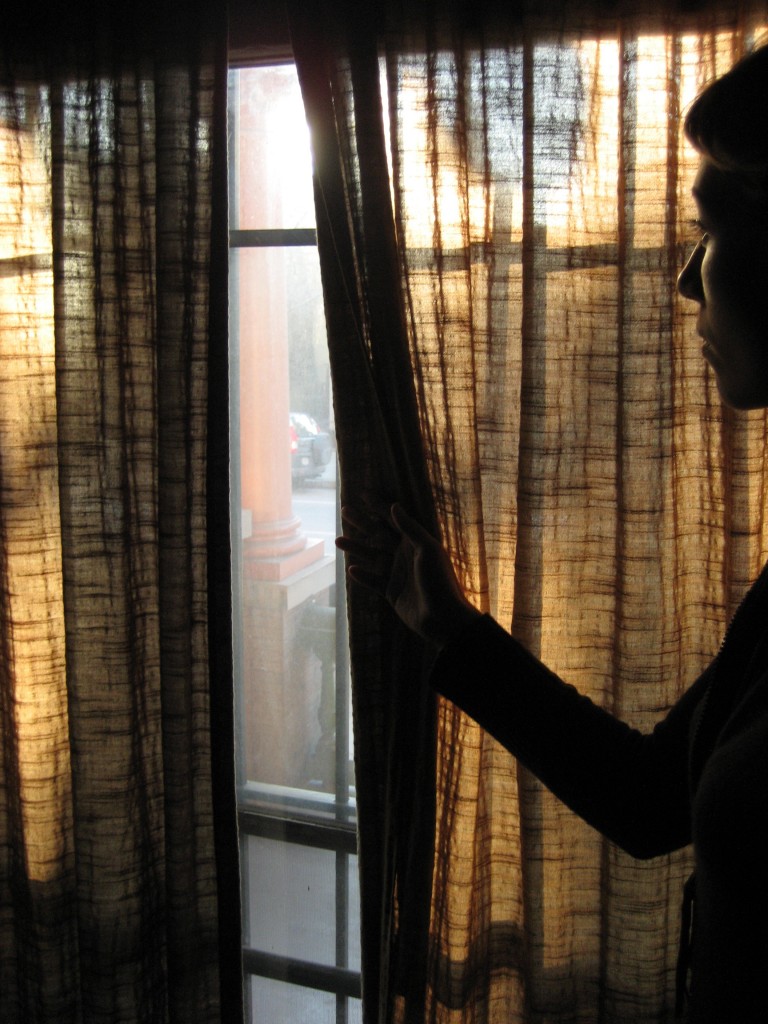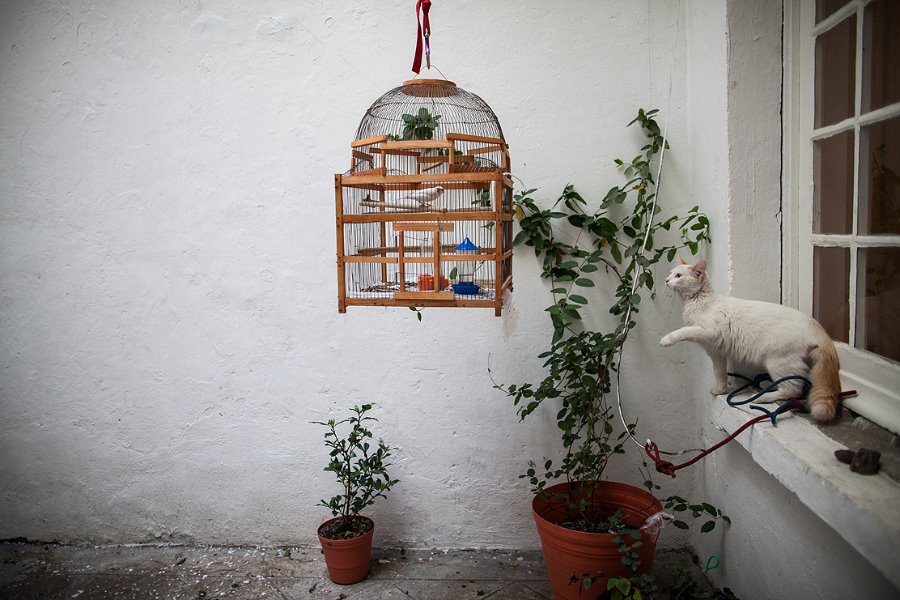This morning I awoke to the kind of day that offers an easy excuse to skip the walk. The temperature gauge read -3F (-19C) when I crawled out of bed, and by the time I’d finished the tea and hot porridge my husband had prepared, it was still only -1F. But the dogs were eager, the sun was shining, and my day never feels quite right without our morning ritual.
And so we pulled on our snow boots, bundled up and headed out the door. The snow was squeaky cold, and the air had a briskness that put a hustle in our strides. Halfway up the hill to the lookout, a loud ruckus. Dave turned to me. “Stop. Shhhh…” We looked at each other. “Hear that?” A lush symphony of bird song. Starlings, from the sound of it. But where?
We looked skyward. Nothing. Upslope, only a crow in a nearby piñon pine. Then I spotted them in our neighbor’s willow trees down below. Starlings, yes. Hundreds of them. The moment I pointed to them, as if on cue, they rushed skyward in unison. The birds formed a rising crescendo, then swooped down, and then up and across the sky, like a ribbon, wrapping around itself.
If nature has ever produced a more perfect thing than the mesmerizing beauty of this starling swarm, I have yet to encounter it. No other phenomenon has ever stopped me in my tracks quite like this, made me forget everything else in the world except the brief moment of grace unfolding before me.
A flight of starlings in concert is called a murmuration. Murmuration–even the name is poetic. Continue reading
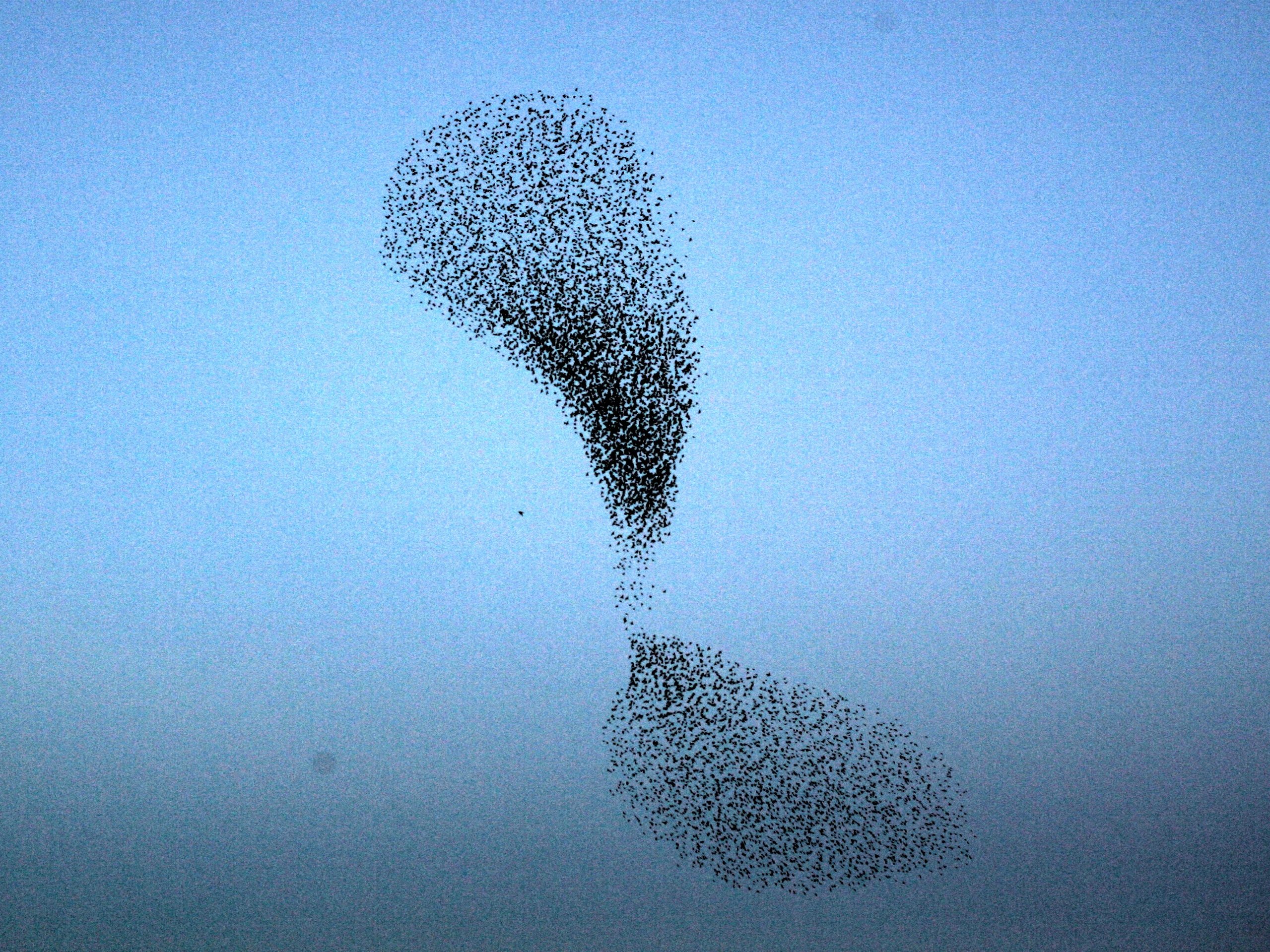
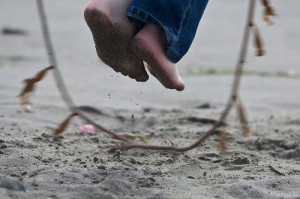 A science writer friend gave me these great nerdy baby
A science writer friend gave me these great nerdy baby 